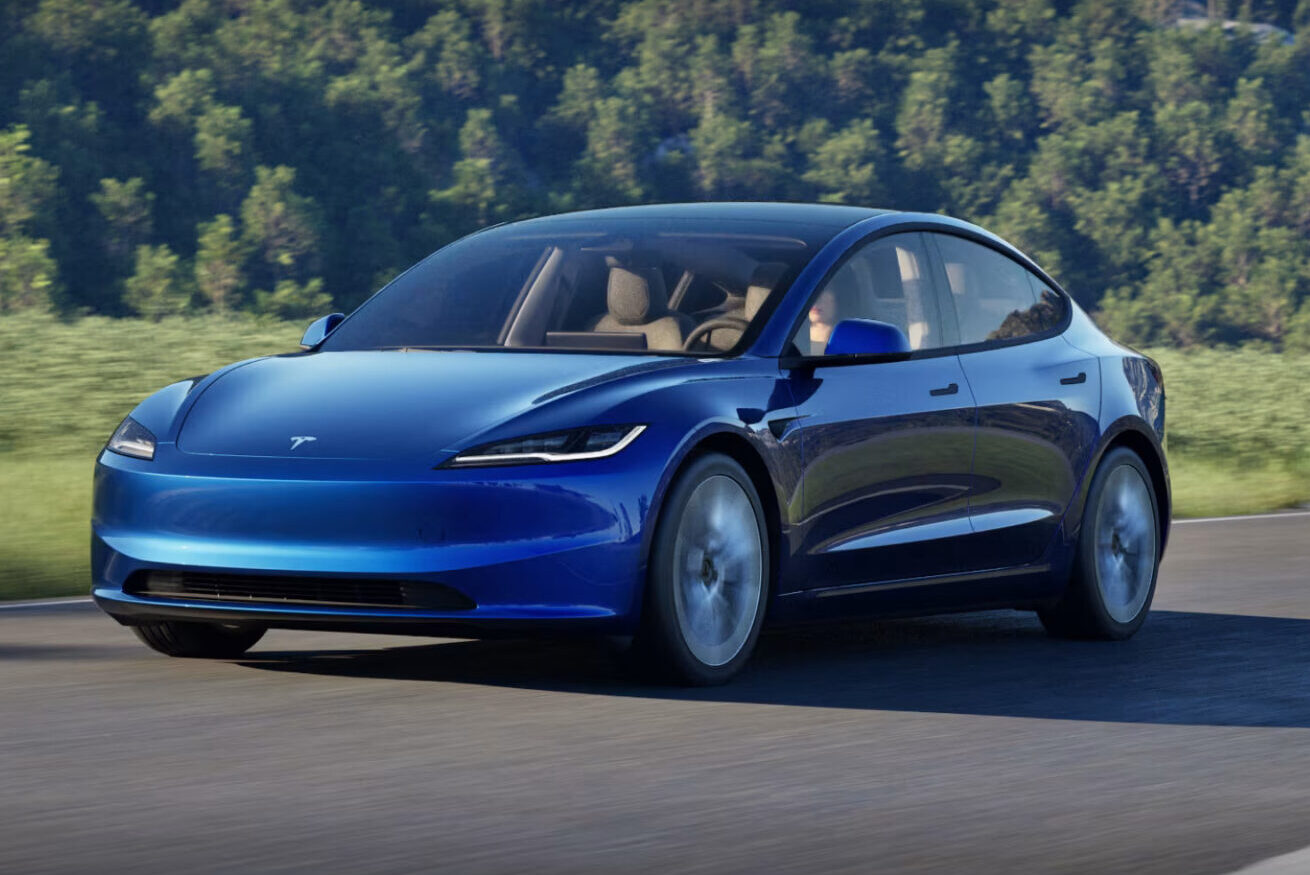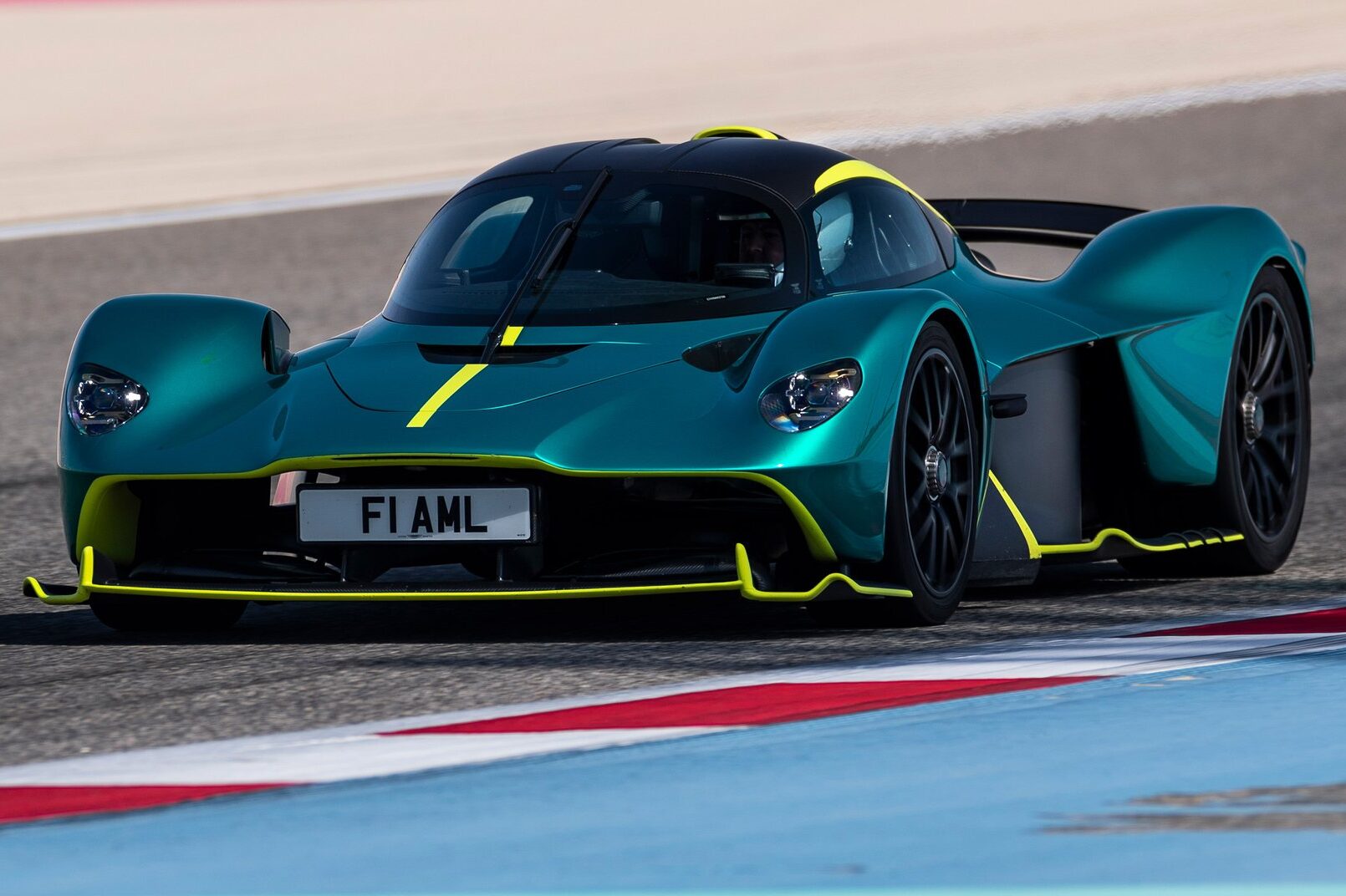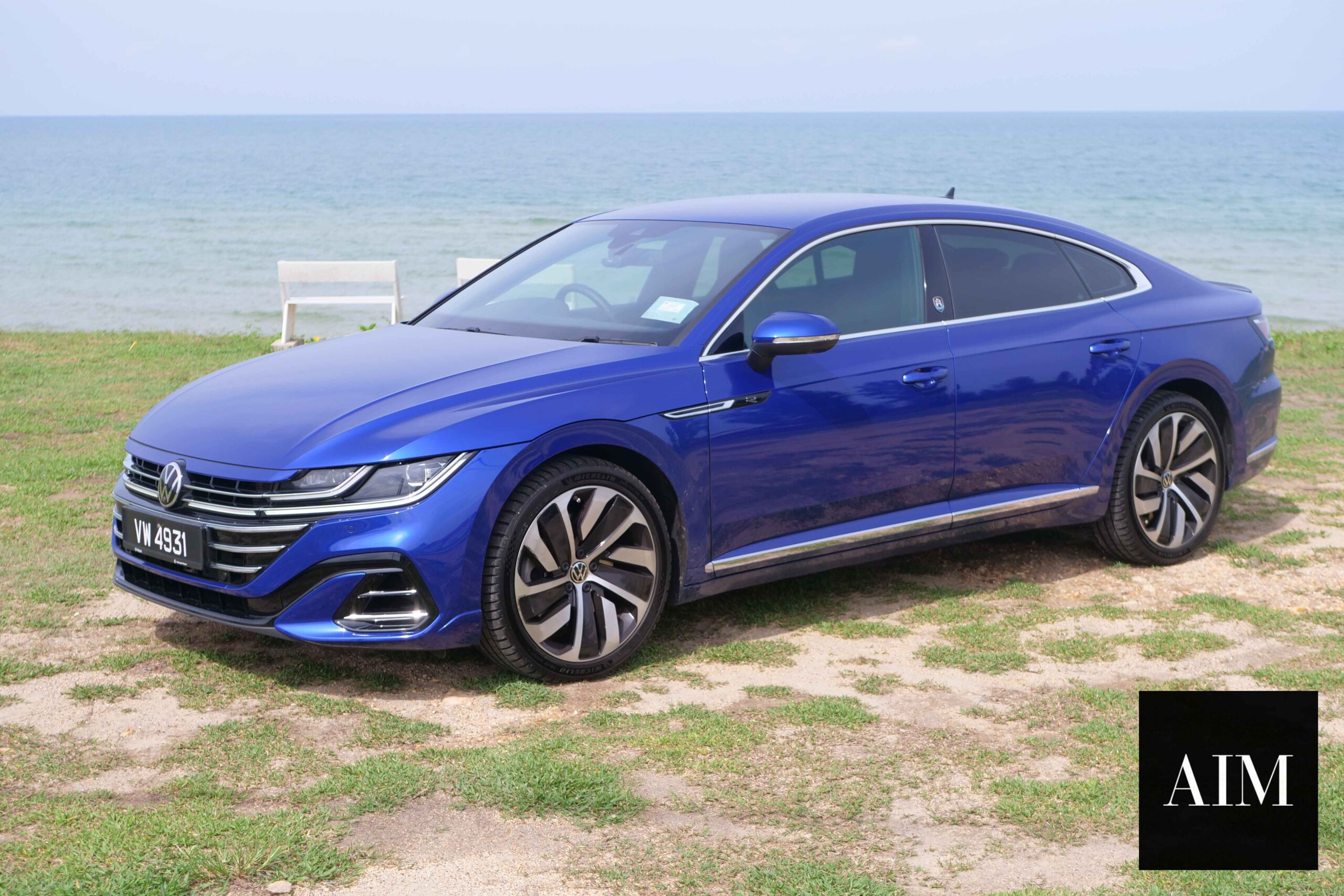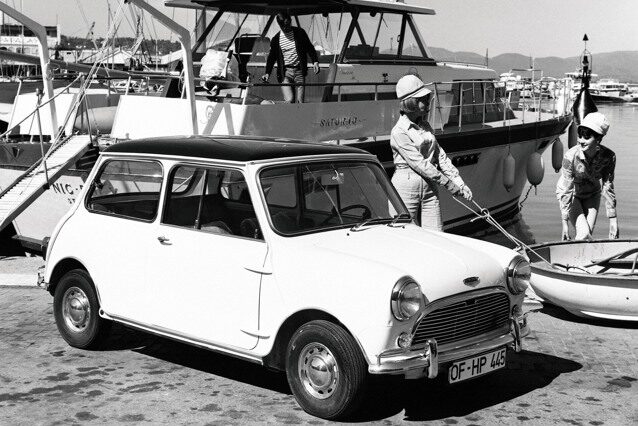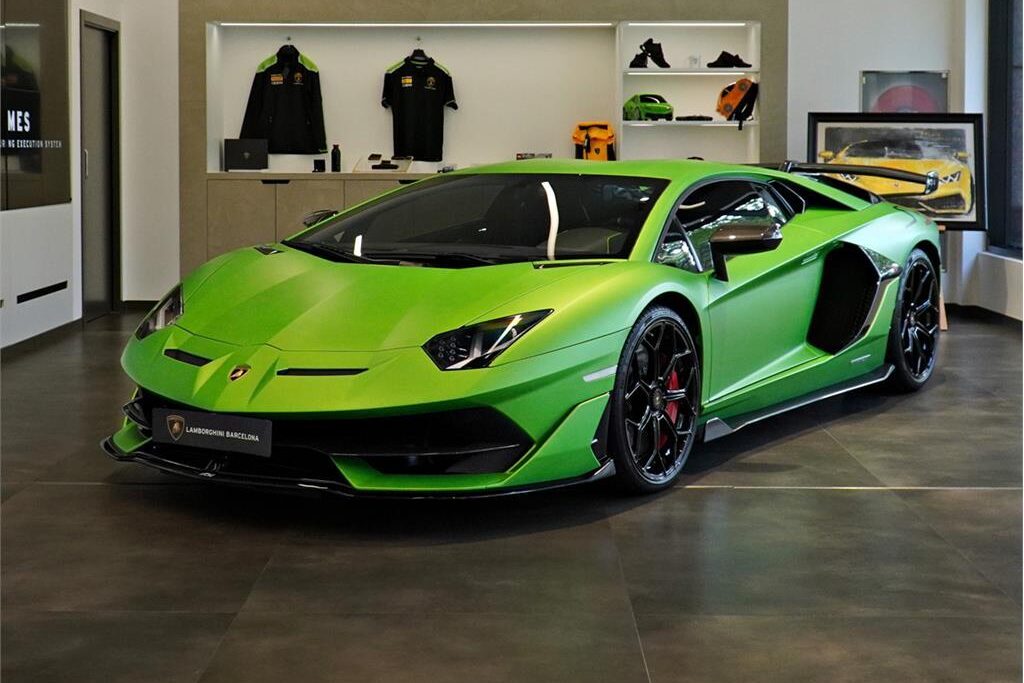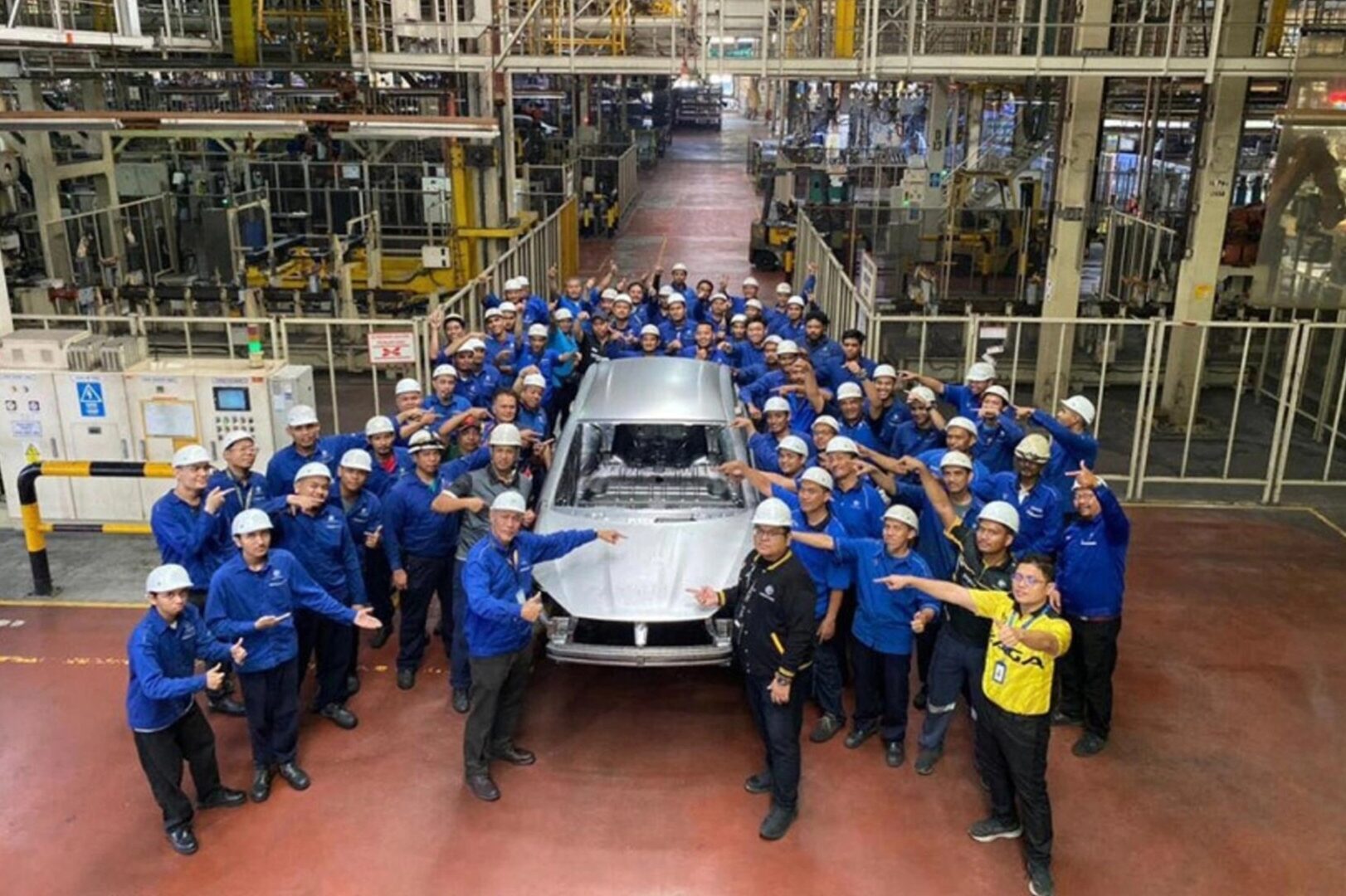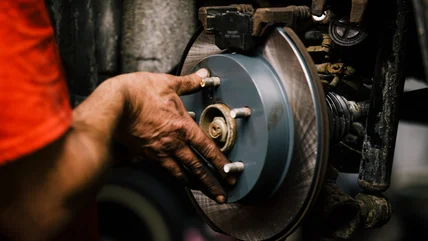
When you step on the brake pedal in many modern cars, everything feels familiar. The pedal pushes back just enough to convince you that you’re engaging conventional brakes. But beneath this familiar interface lies a fundamentally different mechanism known as brake-by-wire. Instead of relying on hydraulic fluid and mechanical linkages, brake-by-wire systems interpret pressure through sensors.
These sensors detect how hard, how fast, and how far you press the pedal, sending that data to an electronic control unit (ECU). This ECU then calculates how much braking force is needed at each wheel, acting almost instantaneously—a far cry from the slower fluid-based response of traditional braking systems.
Advantages of Brake-By-Wire
The benefits of brake-by-wire technology are compelling. It’s lighter, more responsive, and integrates seamlessly with sophisticated safety and control systems like ABS, traction control, and automatic emergency braking—much more efficiently than older mechanical setups ever could.
The Importance of Redundancy

For such systems to be trustworthy, especially with no direct mechanical connection to the brakes, redundancy is critical. That means having backup power supplies, extra sensors, and fail-safe communication systems, all meeting high automotive safety standards like ISO 26262, to make sure braking remains possible even if part of the system fails.
Toyota’s Early Adoption
Toyota was an early pioneer in bringing brake-by-wire technology into mass production. Their Electronically Controlled Brake (ECB) became the first such system deployed in real commercial vehicles. Starting with the Toyota Estima Hybrid in Japan in 2001, it later appeared in North America with the Lexus RX 400h in 2005 and gradually spread across multiple models in Toyota’s hybrid and luxury lines.
Integration with Electric Vehicles
More recently, electric vehicles (EVs) have further developed the use of brake-by-wire by blending regenerative braking with traditional braking systems. Audi’s Q6 e-tron prototype, for instance, uses the electric rear motor to decelerate most of the time, adding the front motor and conventional brakes only when additional braking force is required. Remarkably, about 95% of typical stopping is handled by regeneration alone. Thanks to brake-by-wire, the driver experiences a consistently smooth pedal feel, regardless of the braking source.
Performance Tuning and Sport Modes

Sport modes in some performance cars also take advantage of brake-by-wire tuning. BMW M models, for example, can adjust pedal sensitivity and progression to offer sharper, more responsive braking. In electric cars, sport settings often increase regenerative braking, making deceleration feel more aggressive while simultaneously recharging the battery.
Concerns from Enthusiasts
Despite its advantages, brake-by-wire isn’t universally embraced. Some drivers and enthusiasts feel it lacks the tactile feedback inherent in hydraulic systems. On forums, one user commented that “you lose feedback. Brake-by-wire systems don’t return any information about brake action or performance to the pedal,” while expressing concern that they prefer systems with a mechanical backup in case of electronic failure.
The Future of Brake-By-Wire
Looking ahead, the evolution of brake-by-wire continues. Automotive suppliers and manufacturers are close to introducing dry, fully electro-mechanical brake systems, which eliminate hydraulic fluid entirely, relying solely on electric actuation. Predictions vary: Ford and Brembo expect such systems to debut around 2025, ZF projects 2026–2027, and Hitachi Astemo anticipates around 2028.



